James Webb Space Telescope and observational data which refutes the Big Bang.
Add in WMAP, COBE, the Planck Probe and other missions, and reality is embarrassing the Big Bang 'theory' (aka Scientism).
“…scientists announced tantalizing hints that the universe is actually relatively small, with a hall-of-mirrors illusion tricking us into thinking that space stretches on forever….Weeks and his colleagues, a team of astrophysicists in France, say the WMAP results suggest that the universe is not only small, but that space wraps back on itself in a bizarre way (Nature, vol. 425, p. 593)….
Effectively, the universe would be like a hall of mirrors, with the wraparound effect producing multiple images of everything inside. [Spergel adds]: “If we could prove that the universe was finite and small, that would be Earth- shattering. It would really change our view of the universe” (Hazel Muir, “Does the Universe Go On Forever,” New Scientist, October 11, 2003, p. 6)
WMAP is the Wilkinson Microwave Anisotropy Probe (discussed here). Over the past 20 years, the observational data coming in contradicts Relativity and the Big Bang.
Recent JWST data supports the WMAP observations, as outlined in 2 previous posts (here and here). ‘The Science’ does not discuss any of this, or as usual, makes the obscene claim that both WMAP and JWST support their ‘standard model’! What else would someone expect from the propaganda mills which support the narrative?
JWST
Launched in December 2021, the JWST is the largest telescope ever deployed, with about 6 times the Hubble Space Telescope’s light collecting power. The JWST is comprised of a mirror with 18 hexagonal mirror segments, made of gold-plated beryllium, across some 270 square feet (25 square meters). It was sent 1.5 million km (930.000 miles) from Earth in the opposite direction from the Sun.
The JWST was sited at the ‘Lagrange point or L2’, where objects revolve around the Sun at the same rate as the Earth. At L2 with the Sun behind it, the JWST can peer into space, with the Sun powering its solar panels, but at a far enough distance where the telescope and instruments remain very cold (-223C or -370F).
JWST is analysing the infra-red, or IR part of the spectrum, a relatively low-energy domain. JWST can see objects too cool to emit much visible light, given that IR passes through dust clouds (ionised plasma in reality); as opposed to light which scatters. IR is characterised by vibrating molecules, each with its own signature. This allows detailed analysis of planetary atmospheres (or what they call spectroscopy).
It should be said that ‘Dust clouds’ are another fascinating topic which will be discussed in a future post given that they also contradict standard cosmological theology. In essence they prove that space is full of plasma and energy. Space is not a ‘vacuum’.
Big clanging problems
According to the Big Bang theory, the JWST peers ‘back in time’. The question is, what is the definition of ‘time’? How is it calculated? What assumptions are in your calculations? Both WMAP and JWST dispute the long age, apriori assumptions that inform modern science and cosmology. Redshifting does not denote an old age.
The Big Bang is a theory suffused with assumptions and arbitrary add-ons (much like Relativity). Dark matter (which is probably another name for the aether) and ‘dark energy’ (needed for the universe’s assumed constant expansion, which varies by location, a fact unexplained by the Big Bang), supposedly comprise some 95% of all matter in the universe. This hardly seems to be sensible, given that neither is identified, nor properly defined.
As discussed elsewhere in this Substack, the radiation from ‘deep space’, named the ‘cosmic microwave background’ or CMB, has a fairly even temperature. However, based on cosmology’s own architecture, the domains of deep space are too far apart to allow heat energy to traverse from the hot to the cold parts of the universe, to equalise this temperature. The physics of heat transfer negates the Big Bang. This is called ‘the horizon problem’.
The ‘horizon problem’ is in fact a ‘light travel’ problem. To solve this riddle the ‘standard model’ maintains that the speed of light was greatly accelerated just after the Big Bang occurred. There is, however, no known mechanism to do this. Nor is there any idea on why this speed would be reduced once it has been set into motion. Given that the Big Bang posits a ‘vacuum’ or a space ‘without much energy’, what causes the dramatic fluctuations in light speed?
Another issue is that the Big Bang must produce an equal amount of matter and anti-matter. This is called the ‘matter-anti-matter asymmetry problem’. The universe is overwhelmingly made up of matter. There is a paucity of anti-matter. Why and how?
JWST and narrative chronology
After the Big Bang, the explosion of matter supposedly generated only hydrogen and helium (energy). Somehow, the hydrogen and helium coalesced into stars, though no experimental or even laboratory evidential proof supports this supposition. It is just assumed.
In late 2023 JWST discovered a carbon cloud, which was dated to ‘350 million years after the Big Bang’1. Sure, if you say so. The issue is that, according to the Big Bang’s own canon, carbon was not produced until long after ‘350 million years after’ the initial dot explosion. The Big Bang chronology is thus embarrassed.
As stated above, the ‘Big Bang’ explosion event, initially only produced helium and hydrogen (energy). Carbon, nitrogen and oxygen, were all formed, pace the Big Bang, from Stars and their ‘nuclear fusion processes’ much later. This is despite the obvious problem that such Stars which apparently bequeathed common elements, were allegedly formed from the extreme condensation of vast ‘nebulous gas clouds’. No proof of this exists. Further, the ‘heavier elements’ such as iron, were ostensibly created by supernova explosions of other massive Stars which rained heavier elements into the cosmos which were then collected on planets. Needless to say, no proof of this exists.
JWST and a mature galaxy
JWST discovered a fully formed galaxy labelled with the attractive nomenclature of ‘JADES-GS-z14-0’2. Because its light was ‘redshifted’ it was assumed to be created some 290 million years after the Big Bang event and was moving away from Earth at high velocity. This, however, poses another problem for the Big Bang. The JADES galaxy is extremely bright, almost brilliant. It must be exuding high quantities of hydrogen and oxygen. Oxygen was not ‘created’ so ‘early’ in the Big Bang story. So this galaxy cannot be of such age given its brilliance and the emission of oxygen.
The JADES galaxy also offers another problem for the ‘standard model’ of cosmology. It is 1600 light years wide. It has the mass of several hundred million Suns. The problem is this: how can the Big Bang creation event fabricate such a massive, bright, energetic and large galaxy in less than 300 million years? The answer is that it cannot. Or, if you are a Big Banger, the answer is that nature (a substitute for God), or the universe (a substitute for God), can do anything! Nothing religious here folks just ‘the science’.
Telescopic observational evidence does not support the Big Bang. The original Big Bang theory did not predict the presence of anisotropies (uneven, not homogenous) in cosmic background radiation. It predicted an isotropic and homogeneous spreading out of the initial explosion. Background radiation anisotropies are real, proven by the 1989 COBE probe, the 2001 WMAP missions, the Sloan Digital Sky Survey, and the 2009 PLANCK mission.
Bottom Line
Since anisotropies (heterogeneity in background radiation) were discovered in 1978, or roughly 30-40 years after Big Bang predictions were made, NASA, which many conflate with a film company, has been embarrassed and forced into incantations about ‘Dark Matter’ and ‘Dark Energy’. It has also declared that such anisotropies are the ‘seeds of galaxies’. NASA is forever creating word salads to claim that CMB (cosmic microwave background radiation) anisotropy ‘support(s) the case for the gravitational evolution of structure in the universe from primordial fluctuations’. That is a Michelin Star word salad straight out of a Phd paper. No evidence needed.
So, it is not just JWST data which is contradicting the Big Bang theory and its expectations. Every single probe and mission is upending the paradigm. Reality is looking very different than the dogmatic gospel preached by the Bangers. Maybe ‘The Science’ needs to comport itself to observational reality and dispense with its apriori philosophical conclusions - the ‘old school’ methodology of evidence first, hypothetical explanations after? Nothing is settled.
All hail.
Sources
1- D’Eugenio, F. et al JADES: Carbon enrichment 350 Myr after the Big Bang. Astronomy and Astrophysics 689: A152; Nov 16 2023.
2- Todd, I. Webb discovers the most distant galaxy ever seen, skyatnightmagazine.com May 31 2024.





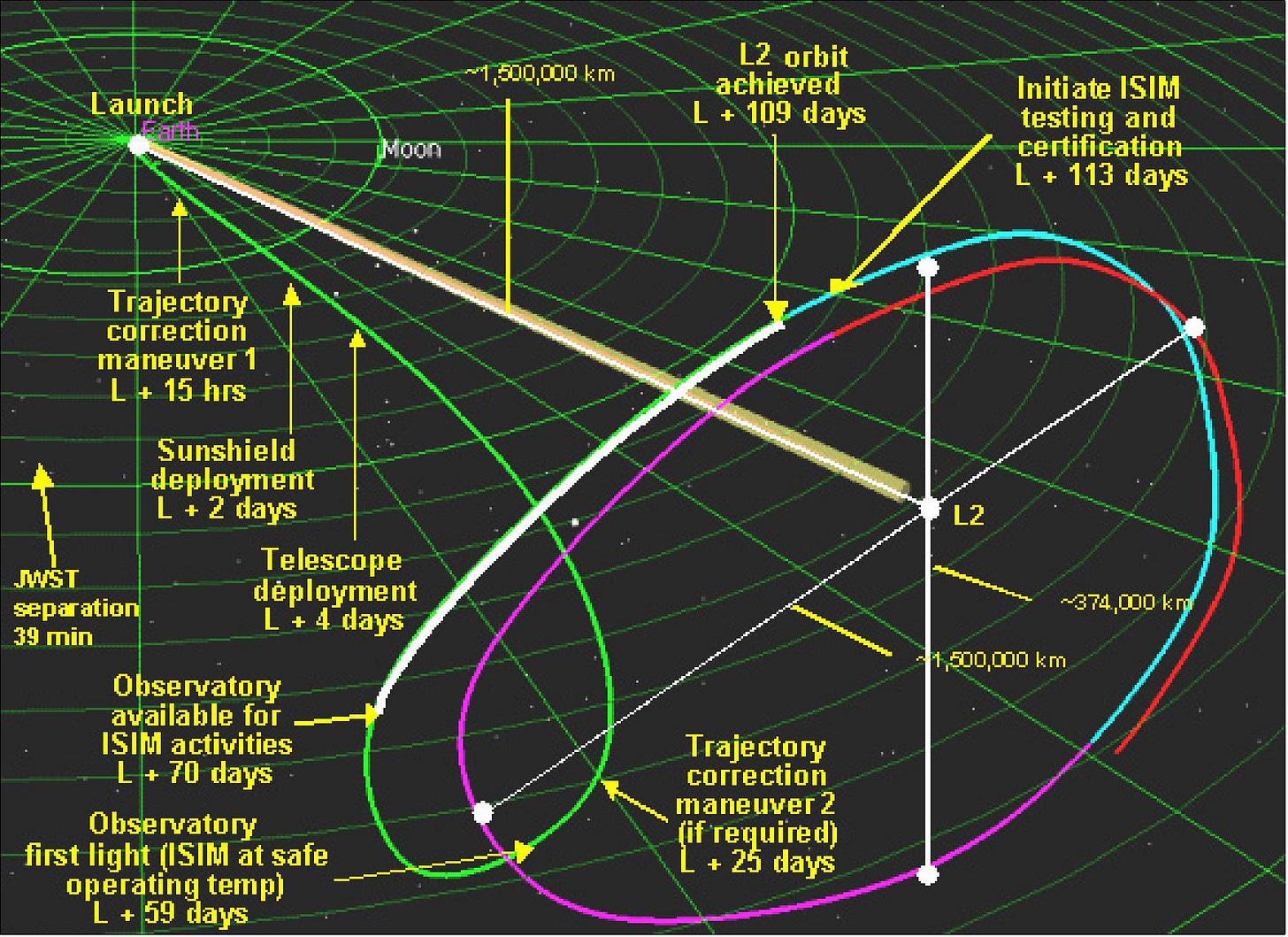
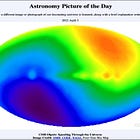
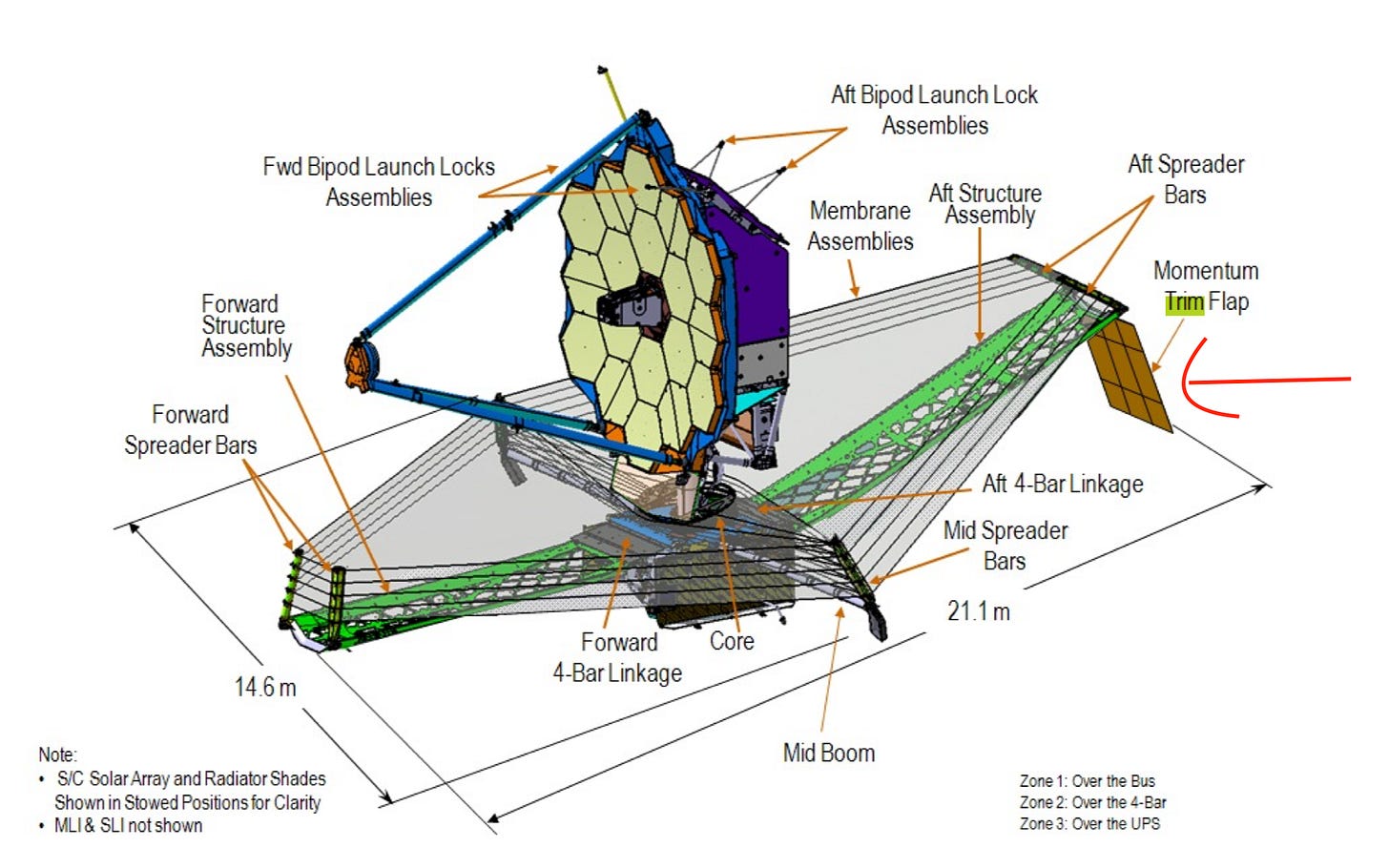
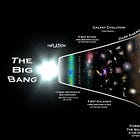
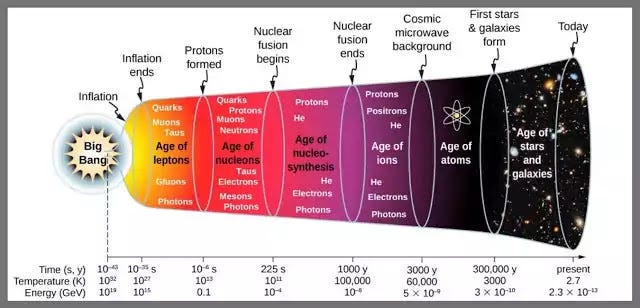
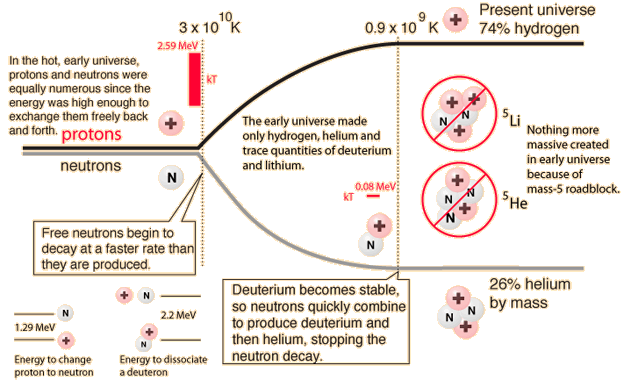
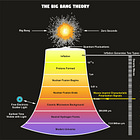

We need a scientific reformation. Since Einstein science has become dogma and the pursuit of truth arrested, even reversed. Science is more and more asserting that things are true which are patently not true. Thanks for your posts. Excellent stuff.
1.5 million miles huh??😂😂